Home>Garden Essentials>How To Calculate The Amount Of Wood Chips For A Play Area
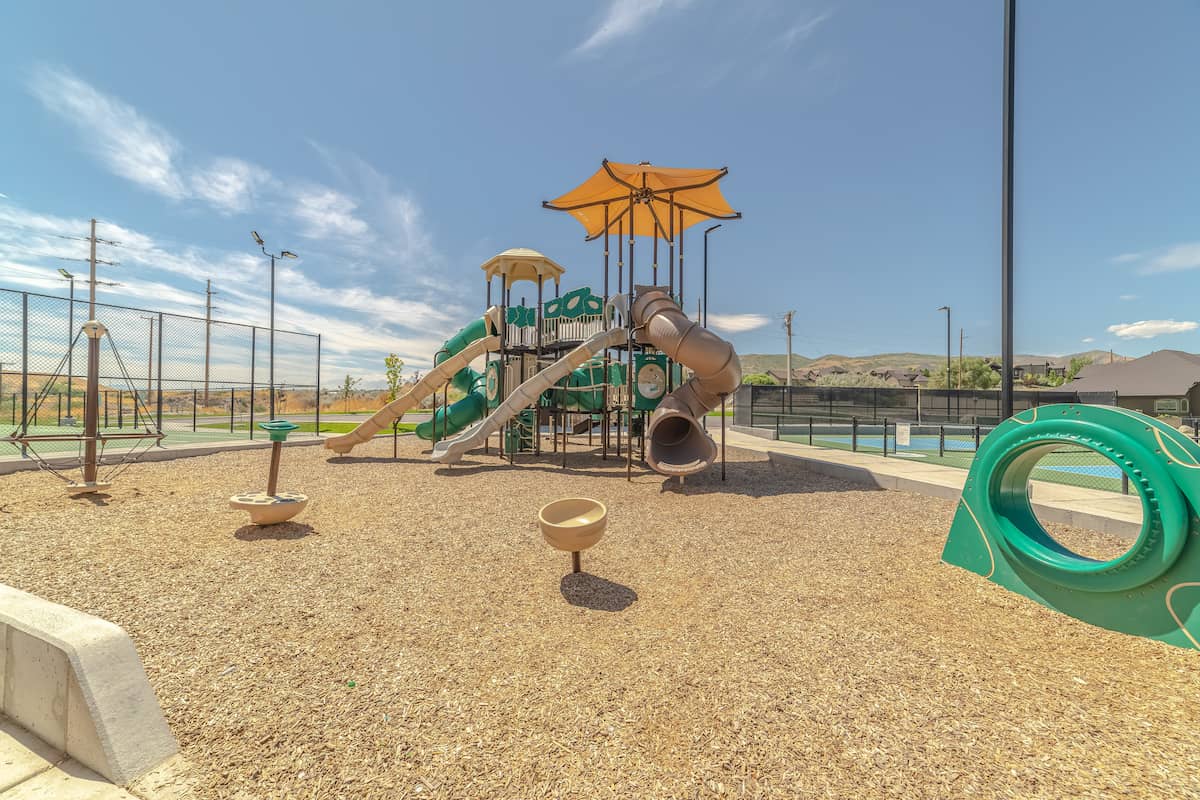

Garden Essentials
How To Calculate The Amount Of Wood Chips For A Play Area
Modified: April 28, 2024
Learn how to calculate the ideal amount of wood chips for your garden play area. Create a safe and comfortable space for your children to enjoy outdoor play.
(Many of the links in this article redirect to a specific reviewed product. Your purchase of these products through affiliate links helps to generate commission for Storables.com, at no extra cost. Learn more)
Introduction
Welcome to the world of gardening! Whether you’re a seasoned pro or just starting out, one thing is for sure – a well-maintained garden brings joy and tranquility to your outdoor space. One essential aspect of creating a beautiful and functional garden is the use of wood chips, particularly in play areas.
If you have a play area in your garden, using wood chips as a ground cover can offer numerous benefits. Not only do they provide a soft and safe surface for children to play on, but they also help to suppress weed growth, retain moisture in the soil, and add a natural and aesthetic touch to your outdoor space.
Calculating the amount of wood chips needed for a play area may seem like a daunting task, but fear not! In this article, we will guide you through the step-by-step process, making it easy for you to determine the appropriate amount of wood chips required.
So, let’s roll up our sleeves and get ready to calculate the exact amount of wood chips needed for your play area!
Key Takeaways:
- Ensure safety and functionality by accurately measuring the play area and determining the ideal depth of wood chips. Consider compaction and potential loss to calculate the exact amount needed for a safe and inviting play space.
- Prioritize safety and aesthetics by following safety guidelines, considering play equipment requirements, and factoring in compaction and potential loss. Choose high-quality wood chips for a safe and visually appealing play area.
Read more: How To Make A Wood Chip Play Area
Step 1: Measure the Play Area
The first step in calculating the amount of wood chips required for a play area is to accurately measure its dimensions. This will give you the foundation for all subsequent calculations. Here’s how you can do it:
- Clear the play area: Remove any toys, furniture, or debris from the play area to ensure an accurate measurement.
- Use a measuring tape: Start by measuring the length and width of the play area. If the shape is irregular, break it down into smaller geometric shapes like rectangles or triangles, and measure each one separately.
- Record the measurements: Write down the measurements in either feet or meters, depending on your preference. Make sure to keep the length and width separate. For example, if the play area is 10 feet long and 8 feet wide, record it as length: 10 feet and width: 8 feet.
Once you have the accurate measurements, you can proceed to the next step in the calculation process. Remember, the precision of your measurements is crucial for obtaining an accurate estimation of the wood chips required.
Step 2: Determine the Depth of Wood Chips
After measuring the dimensions of the play area, it’s important to determine the appropriate depth of wood chips to ensure safety and functionality. The depth of wood chips refers to the thickness of the layer that will be spread across the play area. Here’s how you can determine the depth:
- Safety guidelines: Consult safety guidelines recommended by organizations like the Consumer Product Safety Commission (CPSC) or International Play Equipment Manufacturers Association (IPEMA). These guidelines typically suggest a minimum depth of wood chips to provide adequate protection from falls.
- Consider play equipment: If you have play equipment in the area, take into account the manufacturer’s recommendations for safety surfacing and impact attenuation. Some equipment may require specific depth requirements for optimum safety.
- Budget and aesthetics: Balance your budget and desired aesthetics by considering the amount of wood chips you’re willing to invest in. Keep in mind that increasing the depth of wood chips can offer greater cushioning and weed suppression, but it may also require more material and cost.
By considering these factors, you can determine the ideal depth for your play area. It’s important to prioritize safety while also taking into account your preferences and budget.
Once you have decided on the depth of wood chips, you can move on to the next step to calculate the volume of the play area.
Step 3: Calculate the Volume of the Play Area
To accurately calculate the amount of wood chips needed, you need to determine the volume of the play area. This will give you a better understanding of the total amount of space that the wood chips will cover. Here’s how you can calculate the volume:
- Convert measurements: Convert the measurements of the play area from feet to cubic feet or from meters to cubic meters. This conversion will ensure consistency in units.
- Multiply dimensions: Multiply the length, width, and depth of the play area. This will give you the volume in cubic feet or cubic meters. For example, if the measurements are 10 feet long, 8 feet wide, and the desired depth is 0.5 feet, the calculation would be: 10 feet x 8 feet x 0.5 feet = 40 cubic feet.
The resulting number represents the total volume of the play area. This information will be crucial for the subsequent steps in calculating the amount of wood chips needed.
Now that you have the volume of the play area, let’s move on to the next step to convert it into cubic yards.
Step 4: Convert Volume to Cubic Yards
Now that you have calculated the volume of the play area in cubic feet or cubic meters, it’s time to convert it into cubic yards. The conversion to cubic yards is useful because many suppliers sell wood chips by the yard. Here’s how you can convert the volume:
- Understand the conversion factor: One cubic yard is equal to 27 cubic feet or 0.76 cubic meters. This conversion factor will help you determine the exact amount of wood chips required.
- Divide the volume: Take the volume of the play area and divide it by the appropriate conversion factor. For example, if the volume is 40 cubic feet, the calculation would be: 40 cubic feet / 27 = 1.48 cubic yards (rounded to two decimal places).
By converting the volume to cubic yards, you now have a measurement that aligns with industry standards and makes it easier to estimate the amount of wood chips needed for your play area.
With the conversion complete, let’s move on to the next step and account for compaction.
To calculate the amount of wood chips needed for a play area, measure the length and width of the area in feet, then multiply the two measurements to get the square footage. Next, determine the desired depth of the wood chips in inches and convert it to feet. Finally, multiply the square footage by the depth to get the total cubic feet of wood chips needed.
Read more: Where To Buy Wood Chips For A Play Area
Step 5: Account for Compaction
When calculating the amount of wood chips needed for your play area, it’s important to account for compaction. Compaction refers to the decrease in volume that occurs when the wood chips are compressed or settle over time. By factoring in compaction, you can ensure that you have an adequate amount of wood chips to cover the play area. Here’s how you can do it:
- Estimate compaction rate: The compaction rate can vary depending on factors such as the type of wood chips, climate conditions, and usage of the play area. As a general guideline, consider a compaction rate of 10-20%. This means that the volume of wood chips will decrease by 10-20% over time.
- Adjust volume for compaction: Take the volume of wood chips calculated in the previous step and multiply it by the compaction rate. For example, if the volume is 1.48 cubic yards and the compaction rate is 15%, the calculation would be: 1.48 cubic yards x 0.15 = 0.22 cubic yards (rounded to two decimal places).
- Add adjusted volume: Add the adjusted volume of wood chips to the original volume. Using the previous example, the adjusted volume would be: 1.48 cubic yards + 0.22 cubic yards = 1.70 cubic yards (rounded to two decimal places).
By accounting for compaction, you ensure that you have enough wood chips to maintain the desired depth and coverage over time.
Now that you have adjusted for compaction, let’s move on to the next step and consider any potential loss or mulch settling.
Step 6: Adjust for Loss or Mulch Settling
When calculating the amount of wood chips needed for your play area, it’s important to account for any potential loss or settling of the mulch. Factors such as wind, rainfall, and foot traffic can cause the wood chips to shift or be displaced over time. By making adjustments for possible loss or settling, you can ensure that you have enough wood chips to maintain the desired coverage. Here’s how you can do it:
- Estimate loss or settling rate: The rate at which wood chips are lost or settle can vary depending on factors such as the slope of the play area, weather conditions, and usage patterns. As a general guideline, consider a loss or settling rate of 10-15%. This means that you may experience a 10-15% reduction in the initial volume of wood chips.
- Calculate adjusted volume: Take the volume of wood chips calculated in the previous step and multiply it by the loss or settling rate. For example, if the volume is 1.70 cubic yards and the loss or settling rate is 12%, the calculation would be: 1.70 cubic yards x 0.12 = 0.20 cubic yards (rounded to two decimal places).
- Add adjusted volume: Add the adjusted volume of wood chips to the original volume. Using the previous example, the adjusted volume would be: 1.70 cubic yards + 0.20 cubic yards = 1.90 cubic yards (rounded to two decimal places).
By adjusting for potential loss or mulch settling, you ensure that you have sufficient wood chips to compensate for any changes in coverage over time.
Now that you have made adjustments for loss or settling, let’s move on to the final step and determine the total amount of wood chips needed for your play area.
Step 7: Determine the Amount of Wood Chips Needed
Now that you have gone through the previous steps and made necessary adjustments, it’s time to determine the final amount of wood chips needed for your play area. Here’s how you can do it:
- Add all the adjusted volumes: Add up the adjusted volumes from the previous steps. For example, if the adjusted volume after accounting for compaction and loss/settling is 1.90 cubic yards, this would be the final adjusted volume.
- Consider bag size or delivery options: Determine whether you will be purchasing wood chips in bags or by bulk delivery. Bagged wood chips typically come in specific sizes, such as 2 cubic feet or 3 cubic feet. If you opt for bulk delivery, you can order the exact volume needed.
- Round up: If you are purchasing bagged wood chips, round up the final adjusted volume to the nearest bag size. For example, if the final adjusted volume is 1.90 cubic yards and the bag size is 2 cubic feet, you would round up to 2 bags.
By following these steps, you can determine the exact amount of wood chips needed for your play area, taking into account all the necessary adjustments and considerations.
Remember to consider factors such as availability, quality, and price when selecting the wood chips for your play area. It is always advisable to choose high-quality wood chips that are safe for children and meet any local regulations or guidelines.
With the final amount determined, you are now ready to purchase the required quantity of wood chips and transform your play area into a safe and inviting space for endless outdoor fun.
Happy gardening!
Conclusion
Congratulations! You have successfully navigated through the steps to calculate the exact amount of wood chips needed for your play area. By following this comprehensive guide, you have ensured that your play area will be safe, functional, and visually appealing.
Measuring the play area, determining the depth of wood chips, and calculating the volume were crucial initial steps. Converting the volume to cubic yards, accounting for compaction, and adjusting for loss or mulch settling helped to account for changes over time. Finally, determining the final amount of wood chips needed allowed for a precise estimation.
Remember, safety should always be a top priority. Consult safety guidelines and manufacturer recommendations for play equipment and consider factors such as budget and aesthetics when determining the depth and volume of wood chips required.
When purchasing wood chips, choose high-quality materials that are safe for children and comply with any local regulations or guidelines. Whether you decide to opt for bagged wood chips or bulk delivery, ensure that you have the necessary amount to cover your play area adequately.
By providing a soft and safe surface for play, wood chips not only add a natural and aesthetic touch to your garden but also help to suppress weed growth and retain moisture in the soil. With the right amount of wood chips, you can create a space that encourages outdoor fun and fosters a love for nature.
Now that you have all the information and tools necessary to calculate the amount of wood chips needed for your play area, it’s time to put your knowledge into action. Get ready to transform your play area into a haven where children can explore, imagine, and create lasting memories.
Happy gardening and enjoy your new play area!
Frequently Asked Questions about How To Calculate The Amount Of Wood Chips For A Play Area
Was this page helpful?
At Storables.com, we guarantee accurate and reliable information. Our content, validated by Expert Board Contributors, is crafted following stringent Editorial Policies. We're committed to providing you with well-researched, expert-backed insights for all your informational needs.

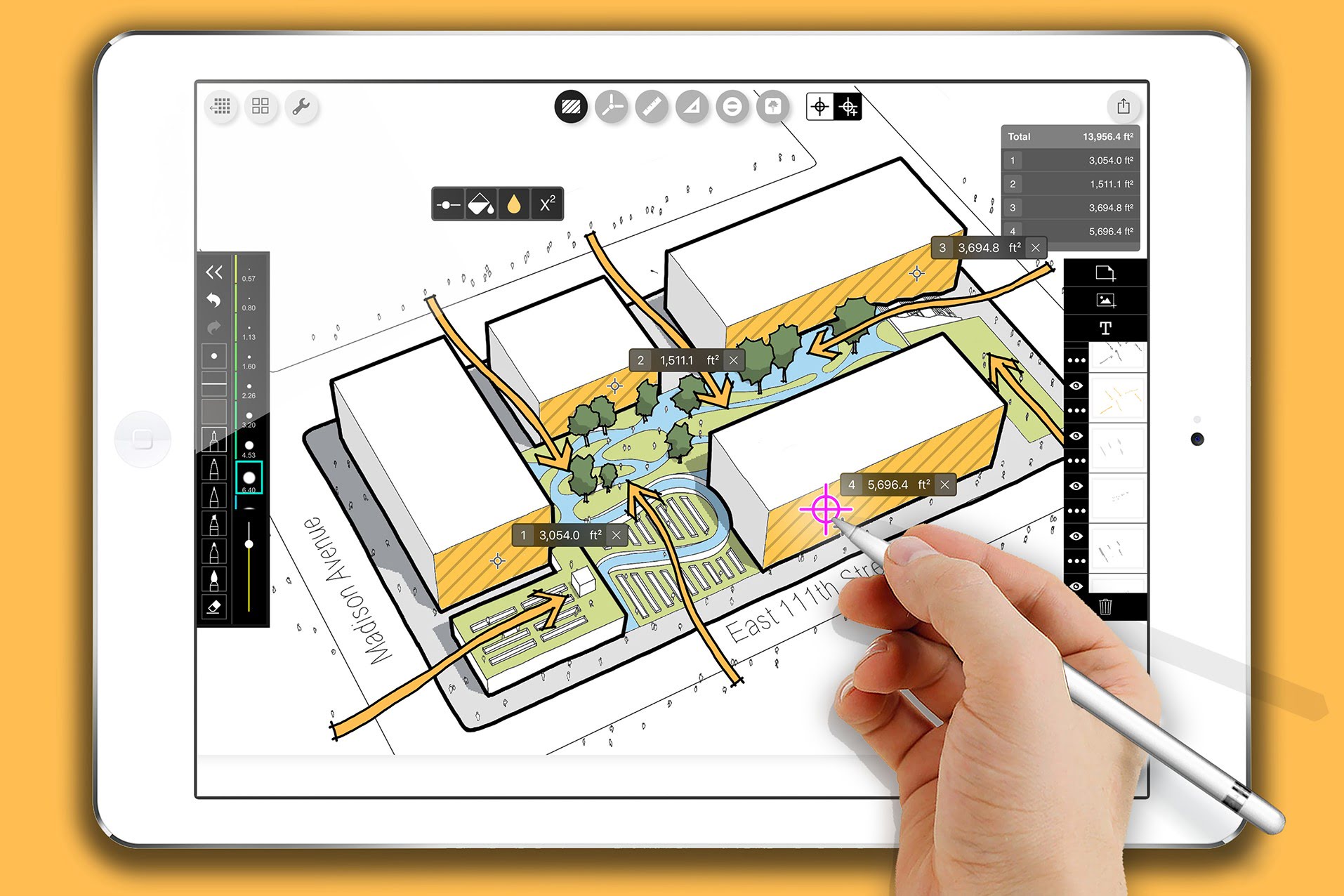
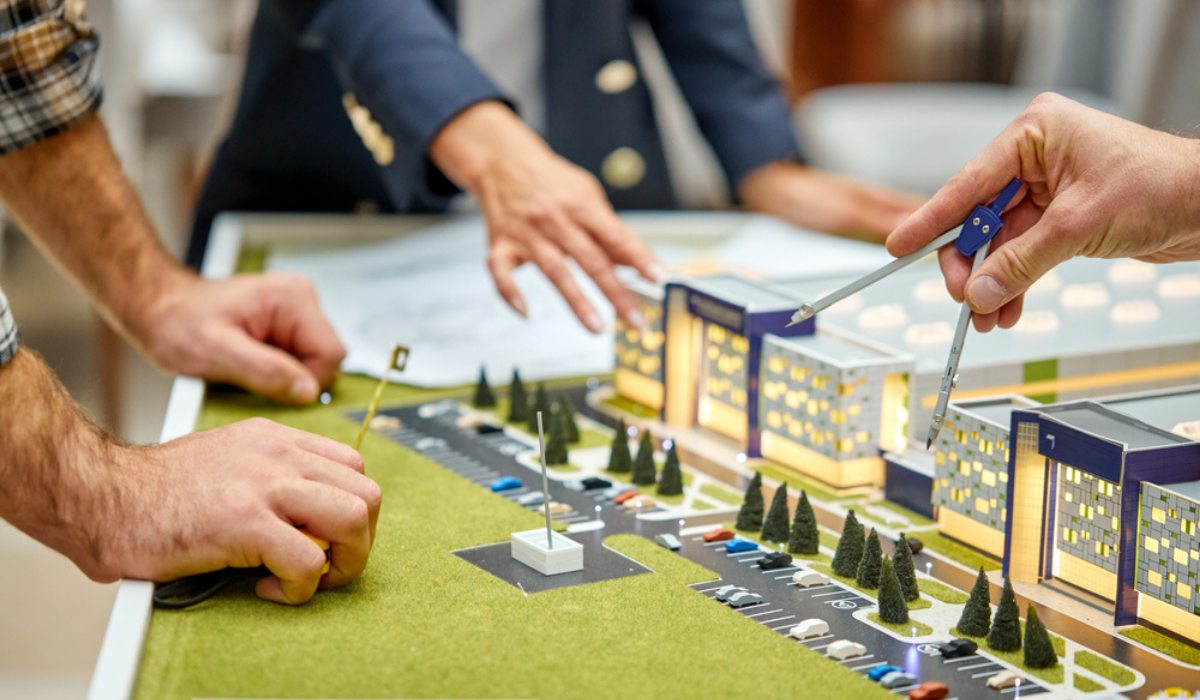
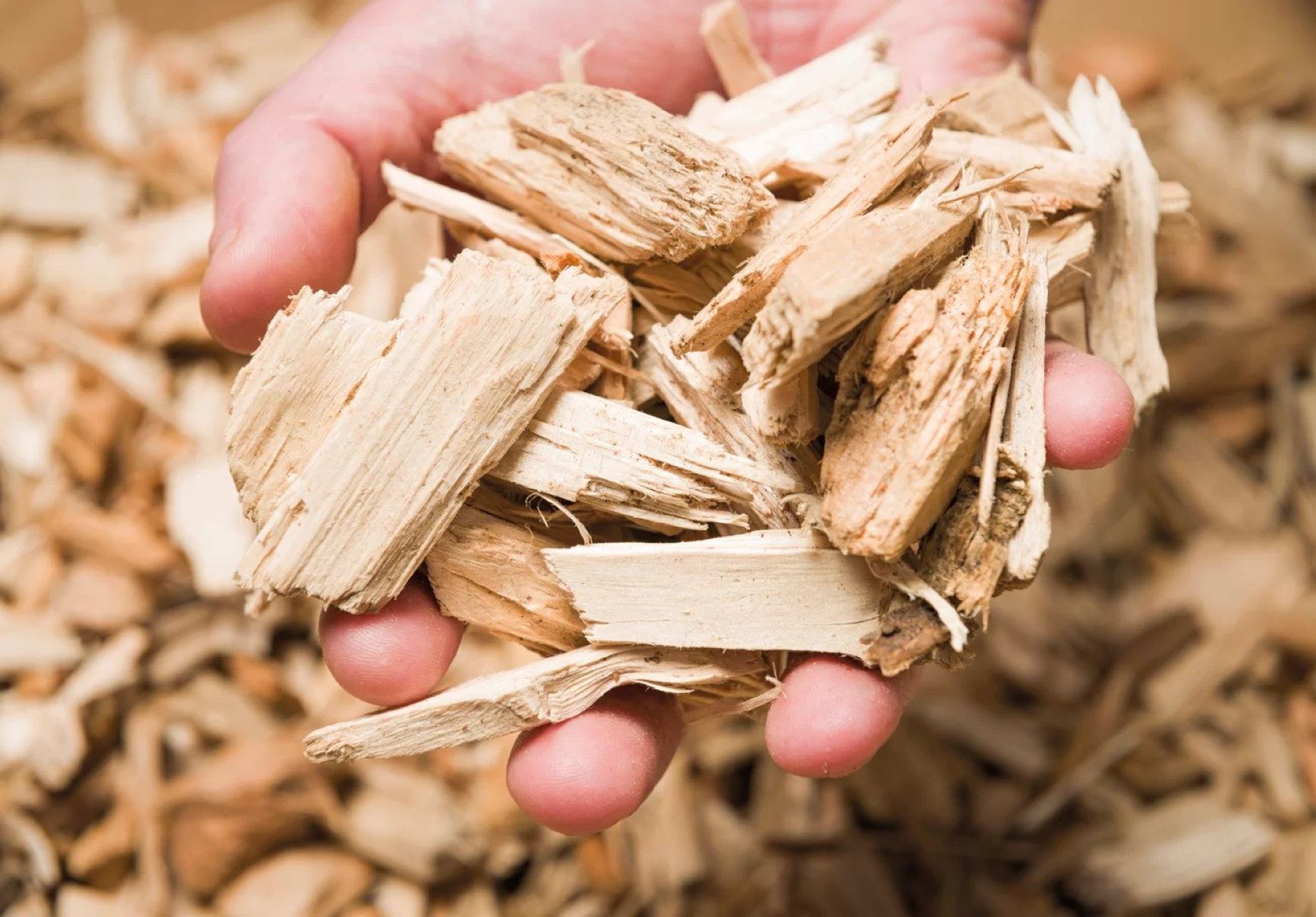
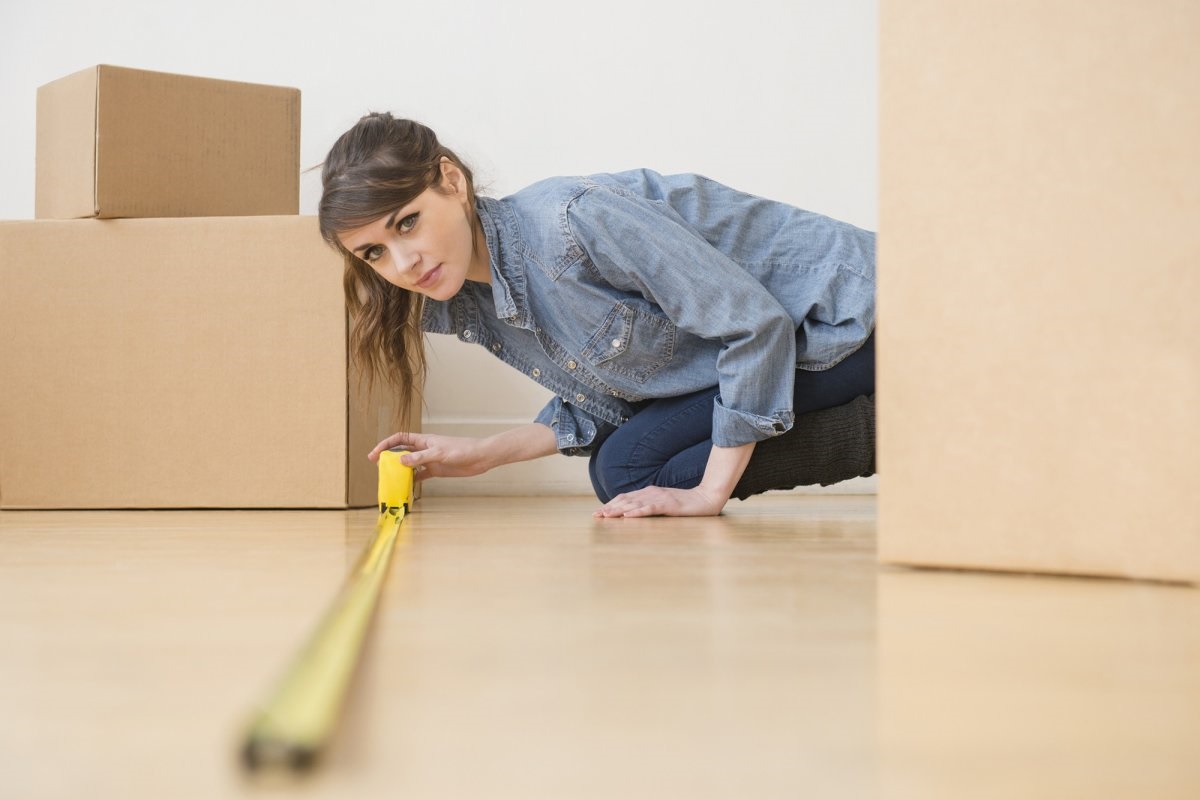
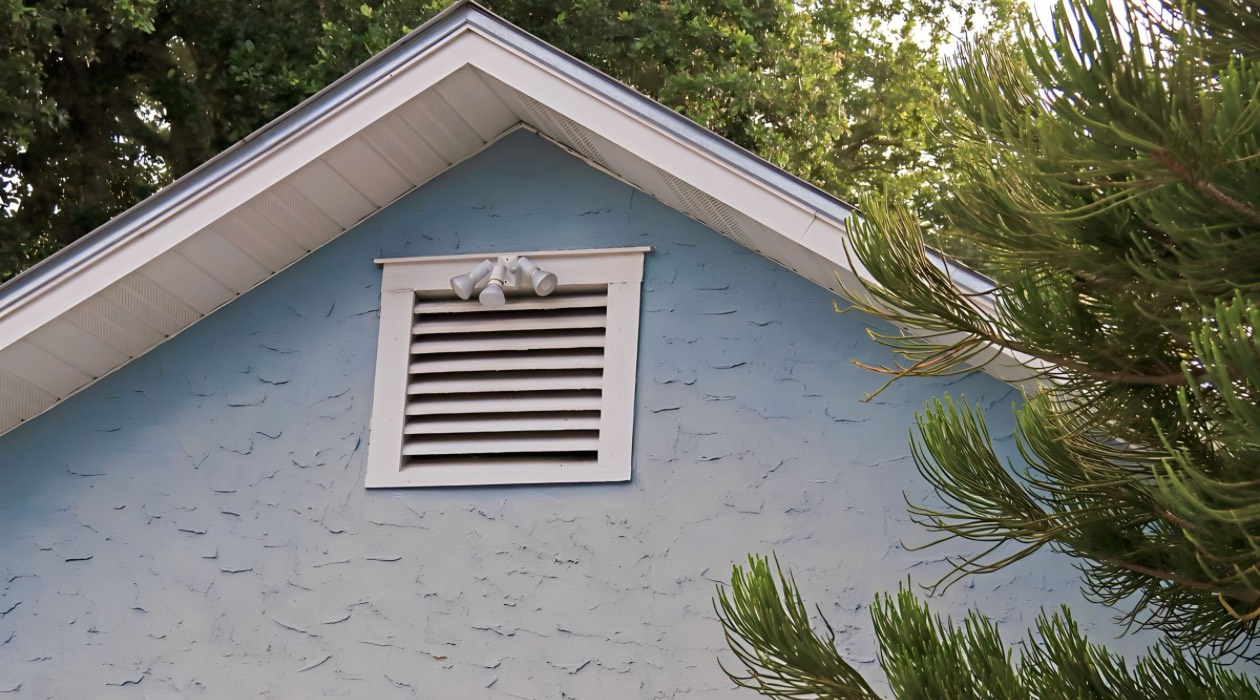
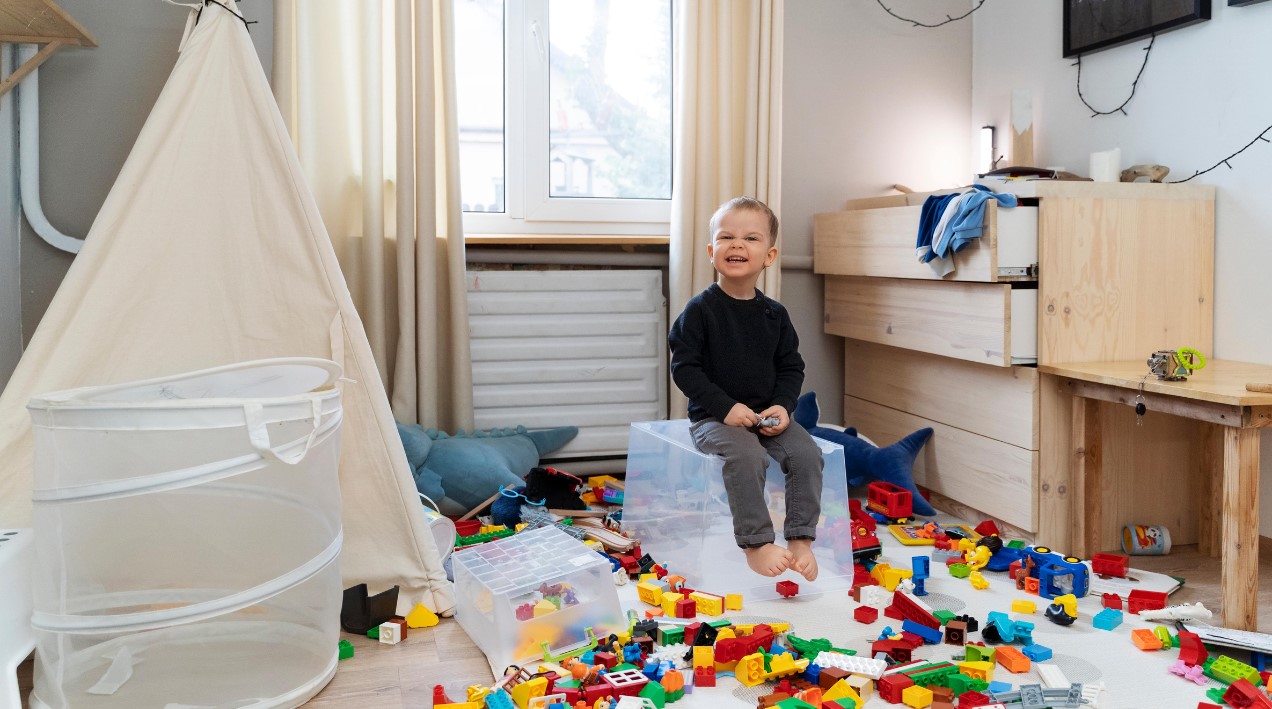

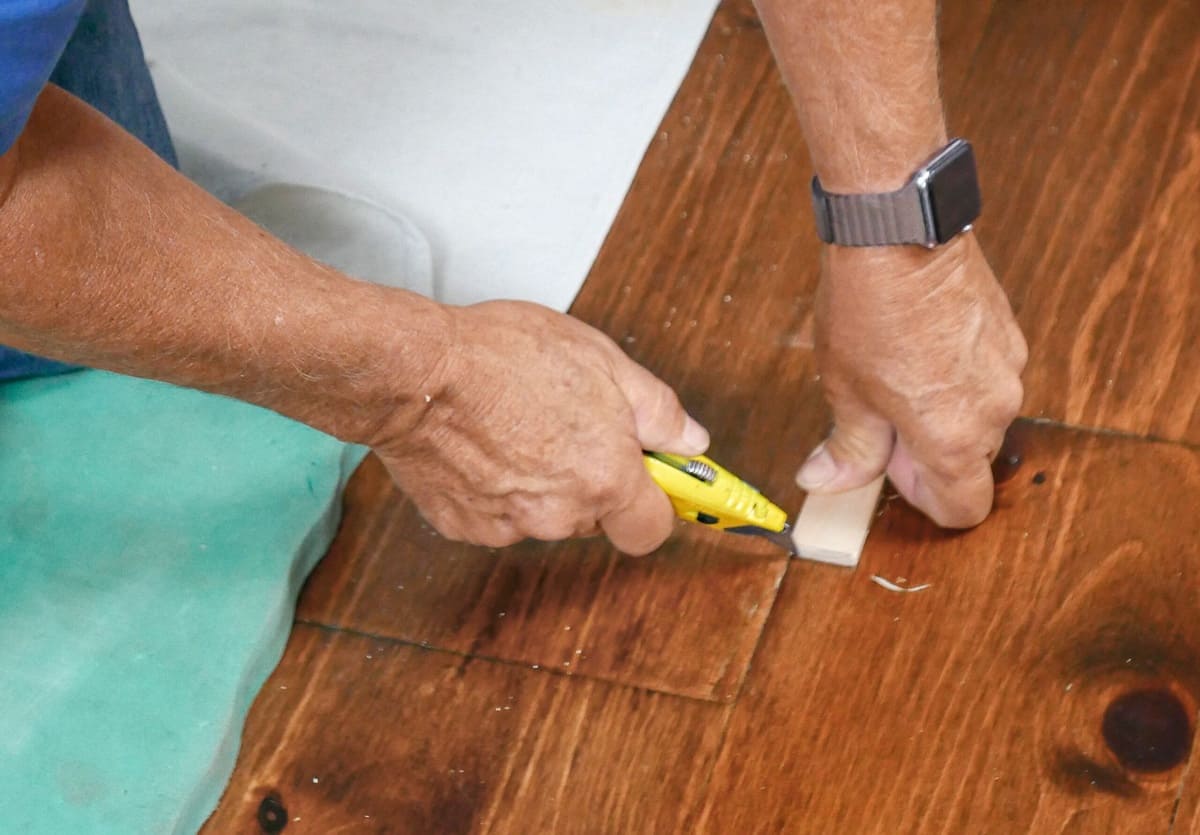

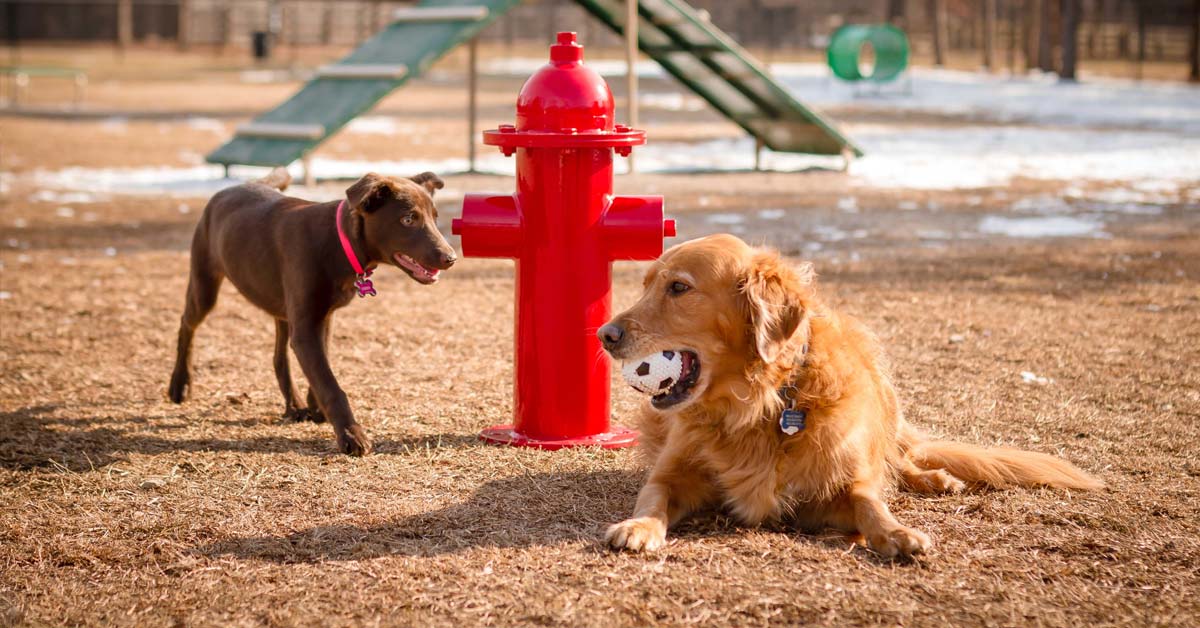
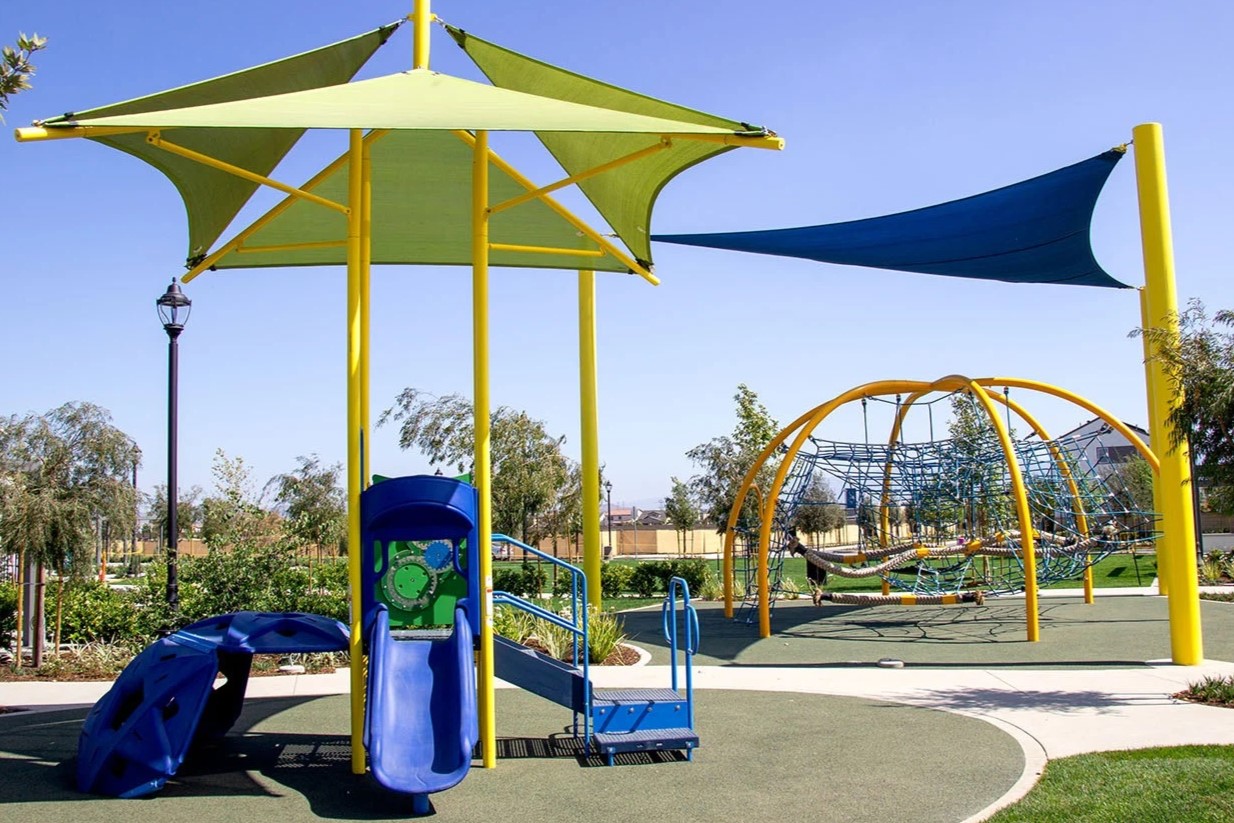
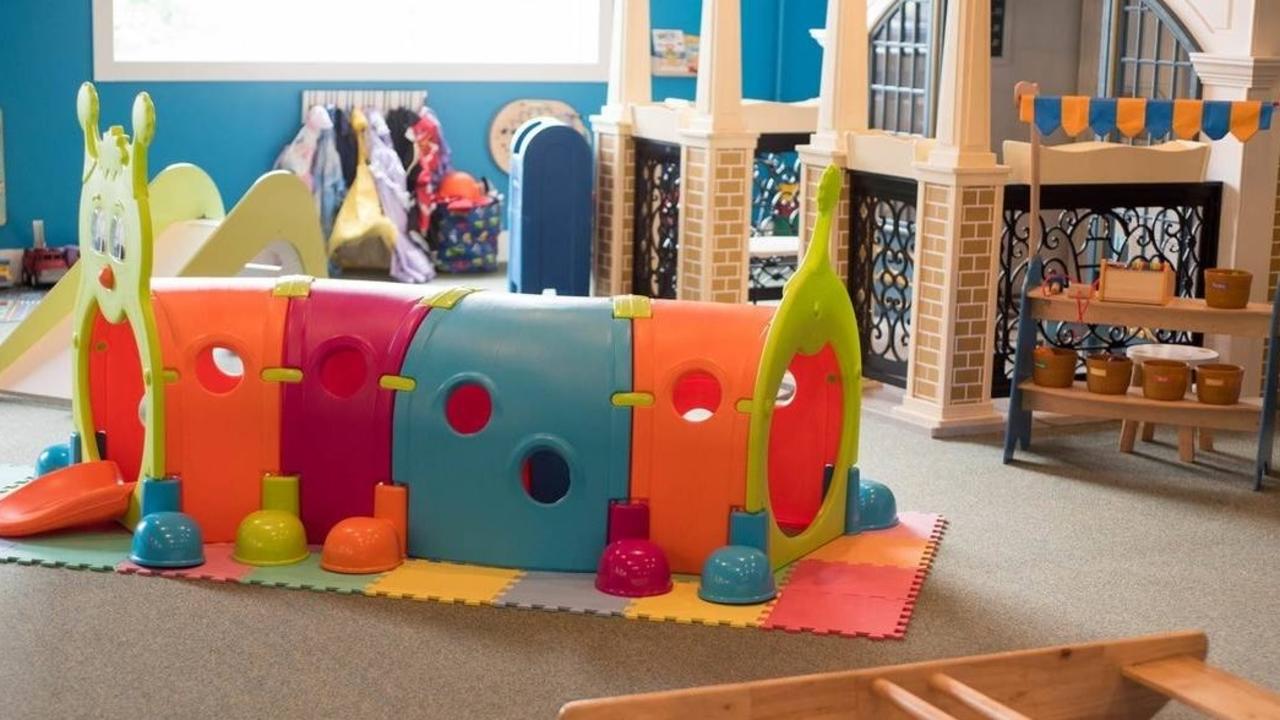
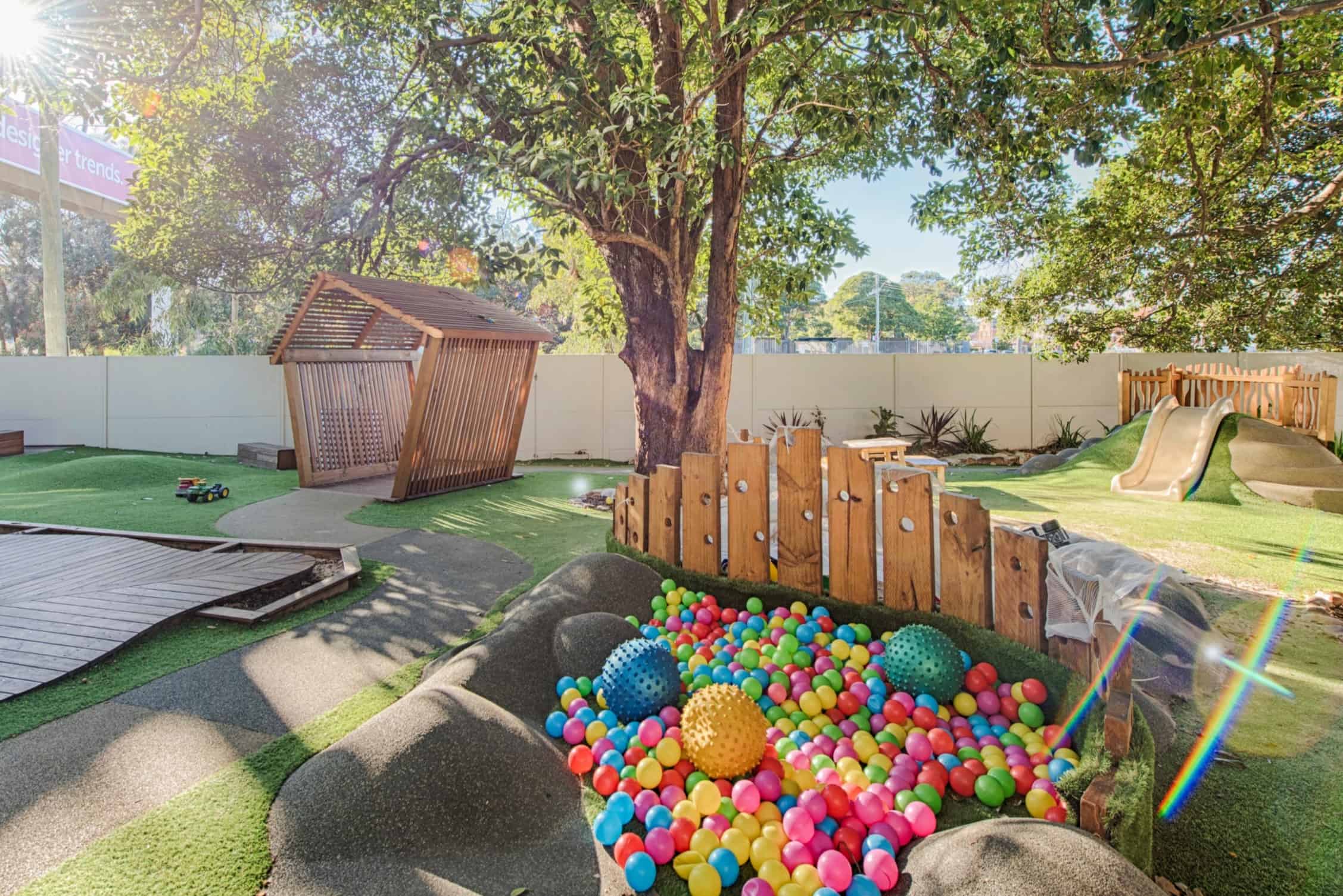

0 thoughts on “How To Calculate The Amount Of Wood Chips For A Play Area”